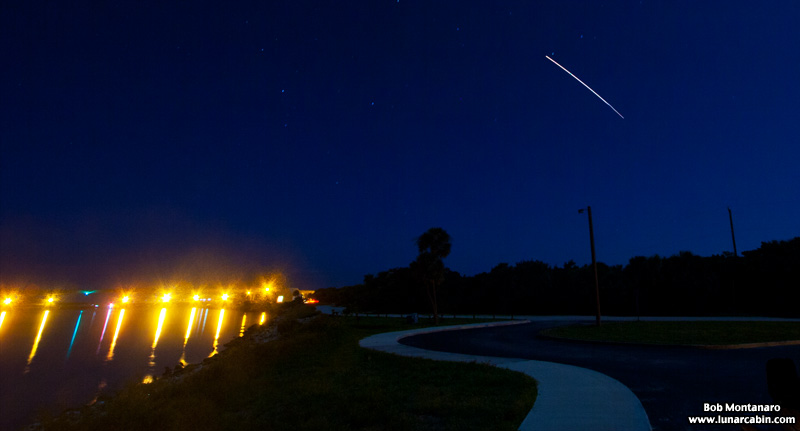 |
|
AFSPC-6 (Delta IV) 19 August 2016 |
Space Launch Complex 37 Cape Canaveral Air Force Station |
A United Launch Alliance Delta IV rocket Medium+ (4.2) configured with two solid rocket boosters attached to the common booster core launches two Geosynchronous Space Situational Awareness Program (GSSAP) satellites into orbit on 19 August 2016 at 12:52 a.m. from Space Launch Complex 37 at Cape Canaveral Air Force Station. The U.S. Air Force Space Command (AFSPC) will use these two satellites plus two more already in orbit to monitor the activities of other “man-made orbiting objects”. From the United Launch Alliance mission booklet: “The twin GSSAP spacecraft, built by Orbital ATK, will be a space-based capability operating in the near-geosynchronous orbit regime supporting U.S. Strategic Command space surveillance operations, as a dedicated Space Surveillance Network (SSN) sensor, GSSAP satellites will support Joint Functional Component Command for Space (JFCC SPACE) tasking to collect space situational awareness data allowing for more accurate tracking and characterization of man-made orbiting objects. From a near-geosynchronous orbit, they will have a clear, unobstructed and distinct vantage point for viewing Resident Space Objects (RSOs) without the interruption of weather or the atmospheric distortion that can limit ground-based systems. GSSAP satellites will operate near the geosynchronous belt and will have the capability to perform Rendezvous and Proximity Operations (RPO). RPO allows for the space vehicle to maneuver near a resident space object of interest, enabling characterization for anomaly resolution and enhanced awareness, while maintaining flight safety. Data from GSSAP will uniquely contribute to timely and accurate orbital predictions, enhancing our knowledge of the geosynchronous orbit environment, and further enabling space flight safety to include satellite collision avoidance.” |
|
 |
|
| A long time exposure looking down the channel toward the bridge shows the Delta IV arcing over Sebastian Inlet State Park. The breaks in the arc are from the few small clouds in an otherwise clear sky. | |
 |
|
| Readjusting the camera angle shows the last bit of the arc leading up to booster engine cutoff. The second state engine burn was too dim to be captured in this image but could just be seen with the naked eye. | |
All contents copyright Lunar Cabin |
|